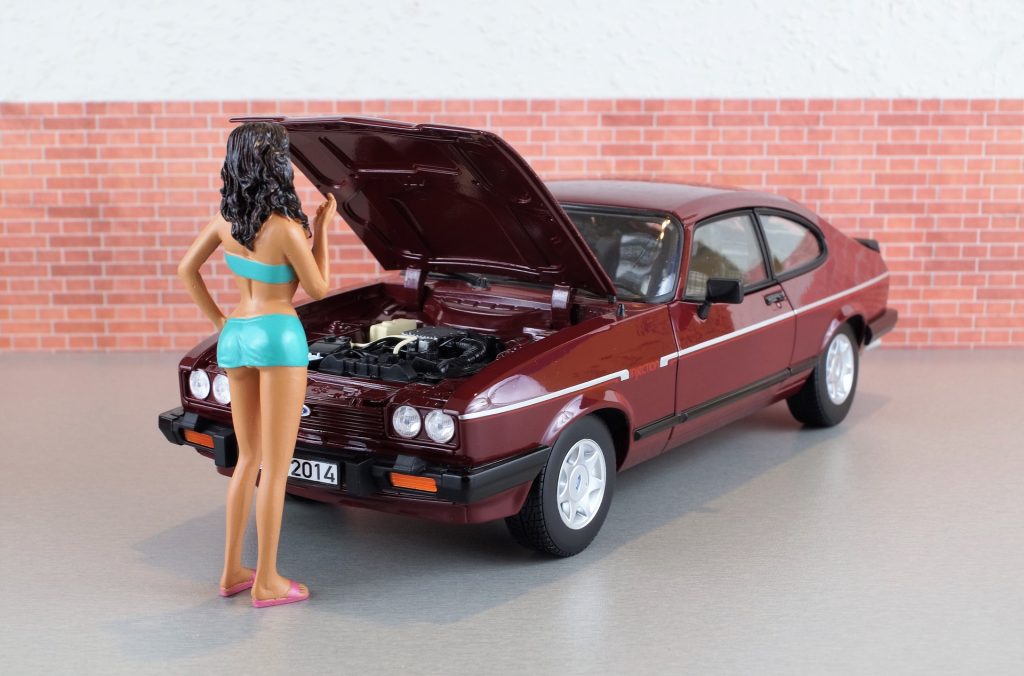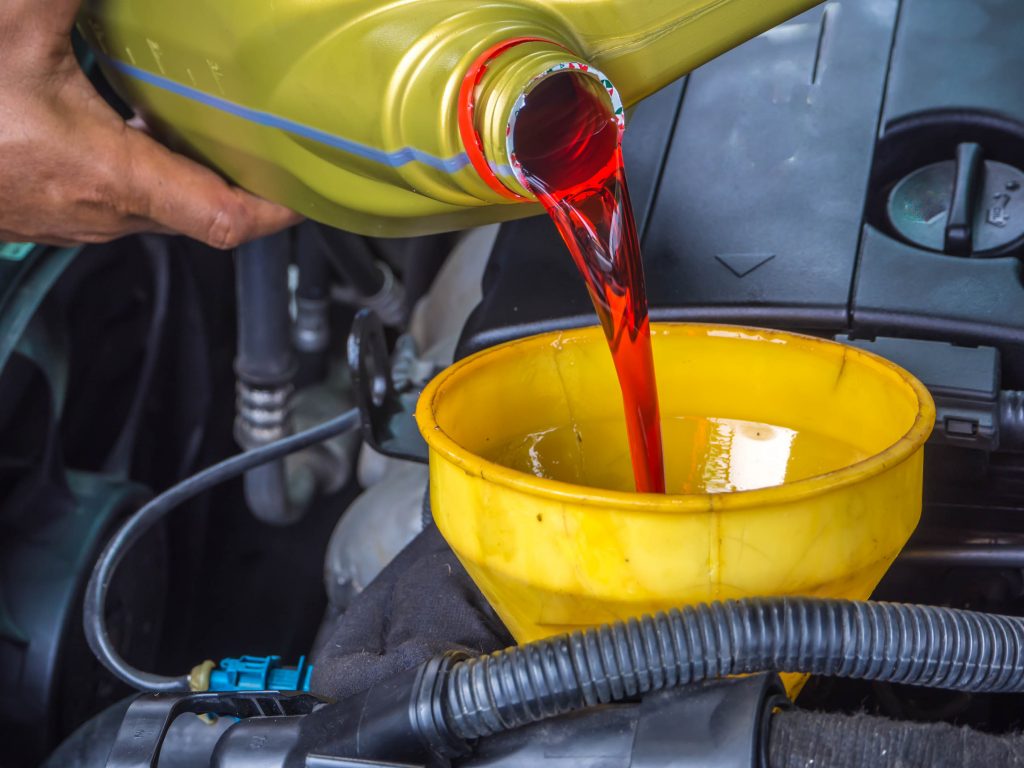The coolant is a water-based liquid that absorbs heat from the engine. Running engines produce a lot of heat, and due to lack of free airflow in the engine bay of a car, air alone isn’t enough to cool it down sufficiently. Hence to dispense the heat and keep the vehicle in a running condition, we use a liquid to absorb and dissipate the heat effectively. The coolant also prevents the radiator from freezing in extremely low temperatures.
There are three kinds of engine coolant, namely, Inorganic Additive Technology (IAT), Organic Acid Technology (OAT), and Hybrid Organic Acid Technology (HOAT). You will come across many different brands of engine coolant on the market, and they come in different colors. We should never mix coolants of different colors and brands since each one possesses a unique formula. It is advisable to read your owner’s manual for the right type of coolant or stick to the coolant brand your car dealer recommends you.
Seasonal check
It is recommended to replace your engine coolant every 30,000 miles. The longer an engine coolant remains unchanged, the less effective its chemical becomes. Different vehicles will require coolant replacement at different mileage intervals.

Coolant replacement
Preparation
First, refer to your owner’s manual for the type of coolant and amount required for your vehicle. Make sure you park your car on a flat surface. Place a container under the radiator to collect the old coolant running out. For more safety, disconnect the vehicle’s battery. You should undertake coolant maintenance only when your car has cooled down.
Draining the radiator
Place a container under the radiator to collect the old coolant running out. To empty the radiator tank, open the valve.
Emptying the radiator
Once the old coolant is drained, fill the radiator with water and close the car. Next, start your engine and leave it to run for 10 minutes or until the temperatures gauge indicates red. Shut your vehicle off immediately. Let your car cool down first before draining the radiator fluid.
Replacing the coolant

Once the water is drained from the radiator, close the valve and proceed by pouring in the new coolant up to the required level.
Avoid water as a substitute
Unlike water, coolant contains additives that prevent the corrosion of engine parts. In winter, water freezes at low temperatures, while a coolant doesn’t. When it comes to heat, water boils and evaporates, while the coolant does not, when subjected to the same temperature range.

